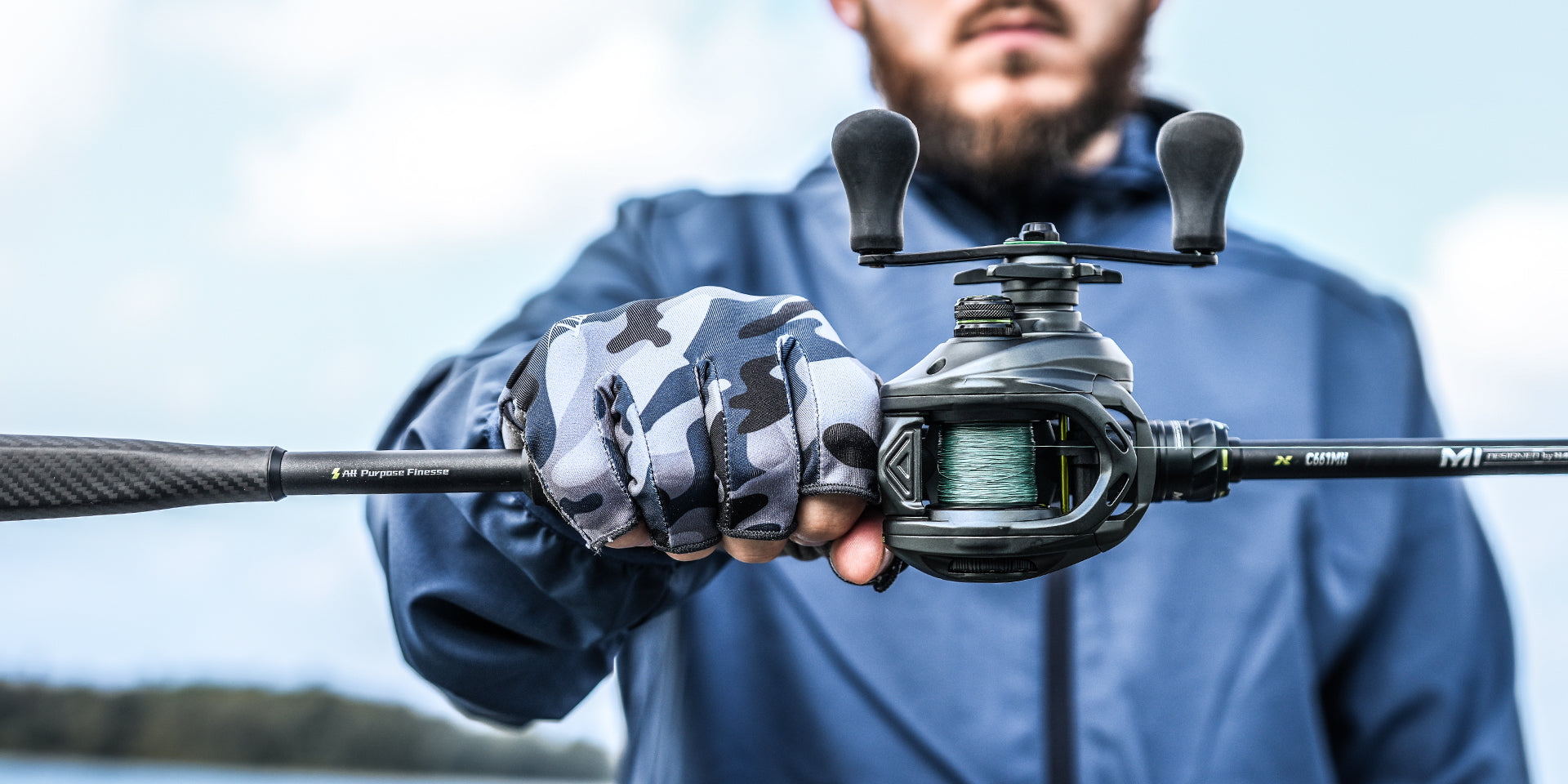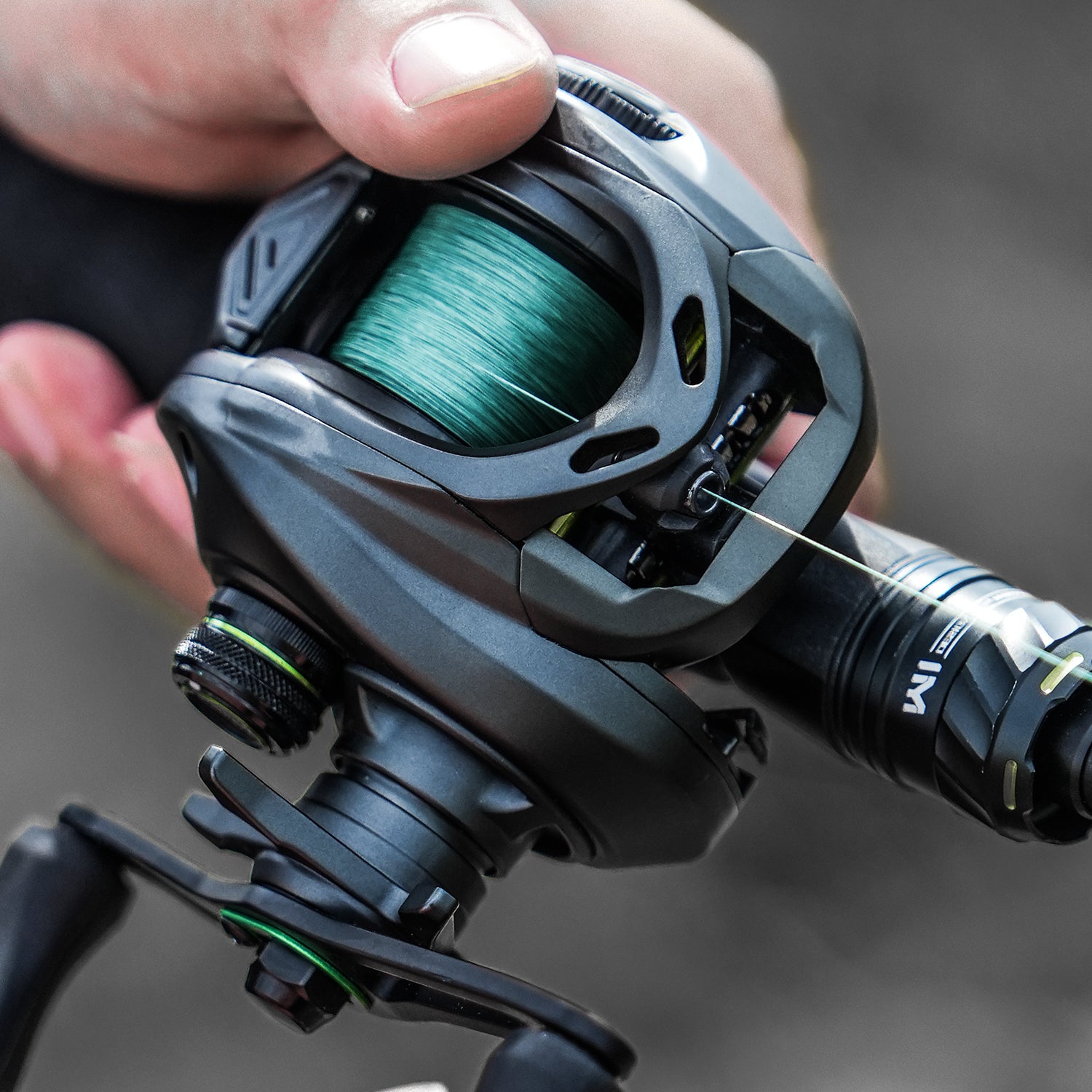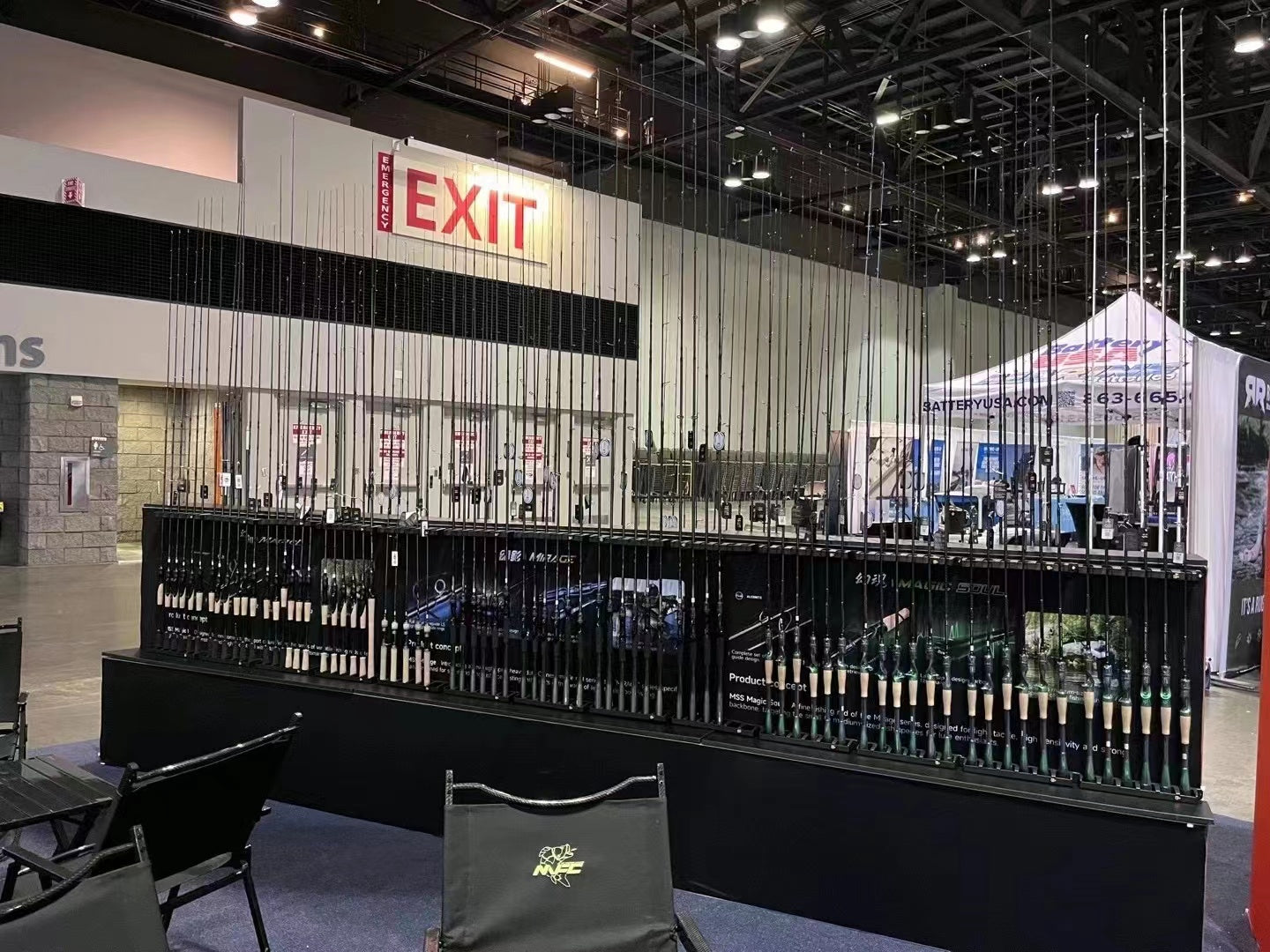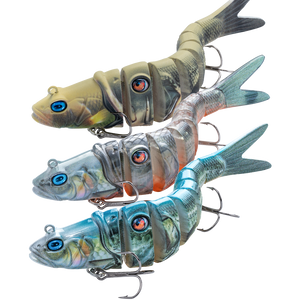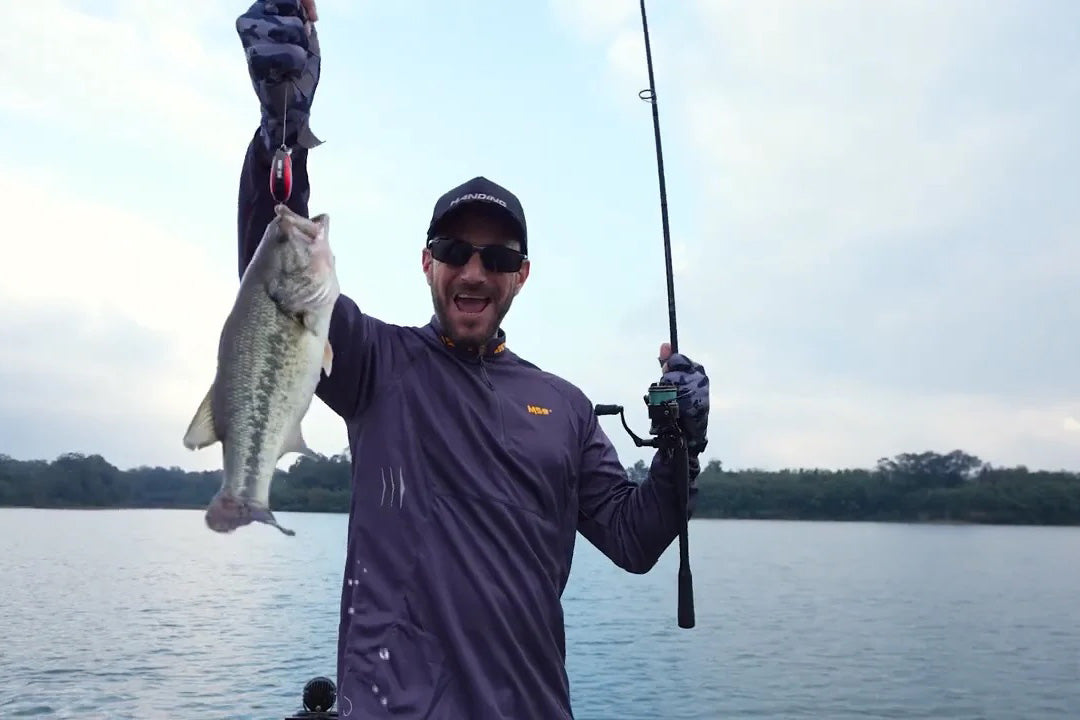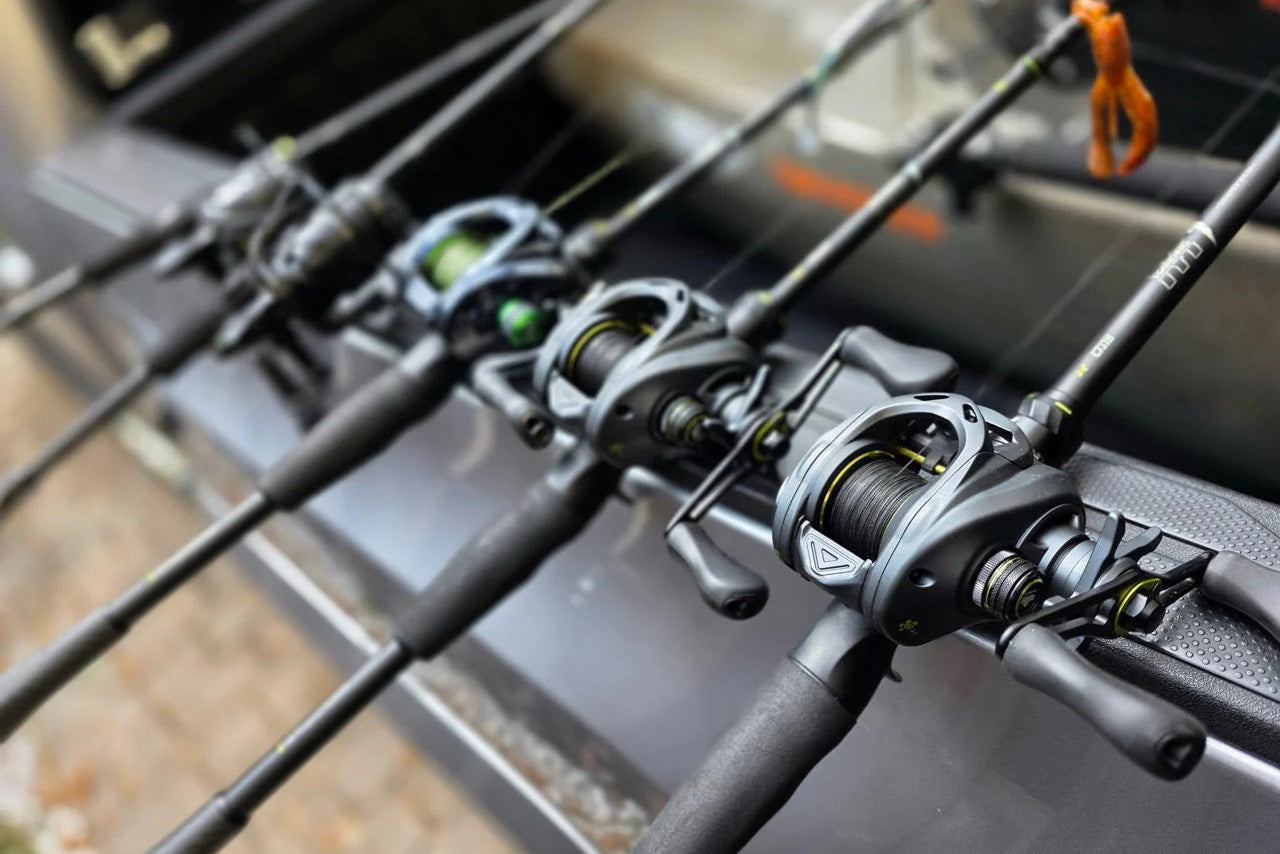The water's surface split as a 9-pound largemouth bass shot out of the depths, consuming what appeared to be nothing more than a rusty spoon with feathers attached. This is a sight repeated on a daily basis for anglers who've discovered the secret world of unconventional lures. While the majority of anglers stock their tackle box with generic crankbaits and plastic worms, championship bass anglers know that sometimes it is the strangest looking lure in your box that catch that monster bass. The difference between taking home a lifetime memory or just another fishing yarn typically comes down to one major decision: choosing the right lure. This column explores the fascinating world of surprise lures that always catch trophy bass when normal options fail.
What Are Bass Behavior Essentials
Basic Biology and Habits of Bass
Trophy bass don't happen by accident. These predators of the first water have thrived by developing intricate feeding patterns that change with the seasons. During spring, bass swim up to shallow spawning areas where they become aggressive and territorial. Summer finds them cruising cooler, deeper waters during the day, and autumn brings on feeding frenzies as they hoard food for winter. Understanding these seasons is critical when deciding on the appropriate unconventional lure.
Bass rely primarily on three senses to pursue prey: eyesight, hearing, and vibration through their lateral line. In clean water, visual stimulus dominates their feeding activity, but in dirty water, vibration and hearing become the dominant influences. That is a biological fact which explains why some unexpected lures are successful under some circumstances.
2. Psychological Aspects of Bass
The bass's predator mind-set explains why unusual lures produce strikes when regular presentations are not effective. Bass exhibit three primary strike instigators:
- Territorial rage - Bass will strike what appears to trespass on their claimed territory, especially during spawning season.
- Feeding response - Anything that appears to mimic wounded prey elicits an instinctive feeding response.
- Curiosity - Unfamiliar objects or movement in their environment often triggers investigatory strikes.
Since trophy bass become desensitized to seeing the same favorite baits on a daily basis, they become less inclined to strike. Introducing something they never have seen before—an odd-shaped lure with odd motion—will trigger their hunting instinct and curiosity and lead to explosive strikes.

How to Select Unexpected Lures
Try Uncommon Shapes and Sizes
The most effective unexpected lures often feature shapes that defy convention. Trophy bass, particularly those in heavily fished waters, become conditioned to standard lure profiles. When confronted with something that doesn't match their mental catalog of familiar objects, their predatory curiosity takes over.
Consider the principles of biomimicry—lures that mimic creatures not typically associated with fishing but that represent potential food sources. Lures mimicking small mammals, birds, or even insects that accidentally fall into the water often trigger reaction strikes from trophy bass that might ignore traditional offerings.
Use Unique Colors and Patterns
While natural colors have their place, unexpected color combinations can be devastatingly effective, especially in stained water or low-light conditions. High-contrast patterns create a visual signature that stands out in the underwater environment.
Fluorescent colors, metallics, and even black-light reactive finishes can create visual interest that bass find irresistible. The key is selecting colors that provide maximum visibility in your specific fishing conditions while presenting something different from what other anglers are throwing.
Aim at Movement and Action
Perhaps the most critical element of unconventional lures is their action in the water. Erratic, unpredictable movements that mimic wounded prey trigger predatory responses. Lures that dart, flutter, or move in ways that defy typical patterns often elicit strikes from curious trophy bass.
The most effective unexpected lures combine unusual appearance with unique action profiles that bass rarely encounter. This novelty factor is particularly important in heavily pressured waters where fish have seen standard retrieval patterns countless times.
Overview of Unexpected Lures
1. Feathered Jigs
While standard jigs are fishing staples, feathered variations create an entirely different profile in the water. These lures mimic small birds or bats that have fallen onto the water's surface—a rare but protein-rich meal that trophy bass rarely pass up.
The most effective feathered jigs incorporate:
- Hackle feathers from game birds for lifelike movement
- Marabou for subtle pulsing action even at rest
- Unconventional colors like purple, chartreuse, or white
These work exceptionally well when fished along shorelines where terrestrial animals might fall into the water, particularly during windy conditions when insects and small birds might struggle on the surface.
2. Soft Plastic Creatures
Beyond standard worms and craws, truly unusual soft plastic creations often trigger strikes from wary trophy bass. The most effective designs incorporate multiple appendages that create micro-vibrations even when the lure is stationary.
Lures featuring tentacles, ribbon tails, or tube-like appendages that pulse and wave underwater present a visual profile unlike anything in nature—yet they trigger predatory responses by suggesting something vulnerable and edible.
For maximum effectiveness, try rigging these creatures:
- Weedless with a wide-gap hook for fishing around cover
- On a drop-shot rig when bass are suspended
- With a swimbait hook and small weight inserted for a more horizontal presentation
3. Topwater Frogs with Modifications
Standard topwater frogs are effective, but modified versions create unusual action that can trigger explosive strikes. Consider these modifications:
- Adding small weights to the frog's belly to create a wounded, listing action
- Trimming leg material asymmetrically for irregular movement
- Adding small spinner blades for flash and vibration
These modifications work particularly well in heavy cover during summer months when bass seek shade. The unusual action suggests a wounded animal struggling to escape—a dinner bell for opportunistic trophy bass.
4. Spoons with a Twist
Traditional spoons catch fish, but modified versions create action profiles that trophy bass rarely encounter. Consider these adaptations:
- Deliberately bending the spoon off-center to create an erratic wobble
- Adding feathers or rubber skirts to the hook end
- Creating holes or slots that change the lure's hydrodynamics
These modified spoons excel in deeper water where their flash and irregular action suggest an injured baitfish—precisely the easy meal that trophy bass prefer.
5. Hybrid Lures
Some of the most effective unexpected lures combine elements from different lure categories, creating presentations bass have never encountered. Examples include:
- Spinnerbait frames with soft plastic bodies instead of metal blades
- Crankbait with added silicone skirts
- Jigs with small propellers attached
These hybrid creations confuse bass by presenting multiple trigger mechanisms simultaneously—vibration, flash, and lifelike action combined in ways nature never intended but predators find irresistible.

Techniques for Using These Lures Effectively
1. Presentation Techniques
Unconventional lures require specialized presentation techniques to maximize their effectiveness:
- Variable retrieval speeds - Alternate between quick bursts and dead stops to trigger reaction strikes
- Erratic action - Incorporate rod twitches and jerks to create unpredictable movements
- Deadsticking - Allow the lure to sit motionless after an active retrieve, often triggering strikes from following fish
The key principle: make your lure behave unlike anything the bass has seen before.
2. Adjusting Based on Water Conditions
Water clarity, temperature, and weather conditions should dictate your unconventional lure selection:
- In clear water, focus on realistic-looking but unusually sized offerings
- In stained water, prioritize lures that create vibration and flash
- During cold fronts, slow your presentation dramatically while maintaining erratic action
Trophy bass behavior changes with conditions, and your lure selection must adapt accordingly.
3. Observation and Adaptation
The most successful trophy bass anglers are keen observers who constantly adapt their approach:
- Note how bass follow but don't strike certain lures, then modify your presentation
- Pay attention to where strikes occur in the retrieve pattern
- Be willing to make counter-intuitive choices when standard approaches fail
HANDING M1 8-Segment Swimbait
Common Mistakes to Avoid When Using Unconventional Lures
1. Overlooking Water Conditions
The biggest mistake anglers make is failing to match their unconventional lure to current water conditions. A lure that produced amazing results in clear water last month might be ineffective in today's stained conditions. Always consider:
- Water clarity and how it affects visibility
- Water temperature and its impact on bass metabolism
- Light penetration and how it influences color effectiveness
2. Ignoring Retrieval Speed
Unconventional lures often require specific retrieval speeds to activate their unique action. Too fast, and the lure's movement becomes a blur; too slow, and it fails to create the erratic action that triggers strikes. Practice different speeds until you determine what triggers responses on a given day.
3. Inadequate Practice and Familiarization
Many anglers tie on an unusual lure, make a few casts without success, and promptly abandon it. Unconventional lures require practice to understand how they move through the water and how to manipulate them effectively. Spend time learning your lure's action profile before judging its effectiveness.
4. Neglecting to Adjust Techniques
Even the most effective unexpected lure will fail if you don't adapt your technique to changing conditions. Be willing to experiment with:
- Retrieve speed and pattern
- Depth presentation
- Adding pauses or twitches to your retrieve
Try Something Different Today and Land Your Trophy
Trophy bass fishing isn't just about using the right gear—it's about having the nerve to try something different than the old standby when regular technique fails. The unconventional lures described here have paid their way time and again by catching giant bass that won't touch normal fare. Be aware that innovation is most likely to happen on the edges of traditional practice, where creative anglers mess around with new combinations and presentations. When you head out on your next fishing trip, include some of those weird-lookin' lures in your tackle box. That wacky-lookin' contraption might be the one that connects you with that fish of a lifetime. Not the most dressed-up outfit rig is the winning combination, but the spirit to experiment, adapt, and bend the rules for trophy bass.


